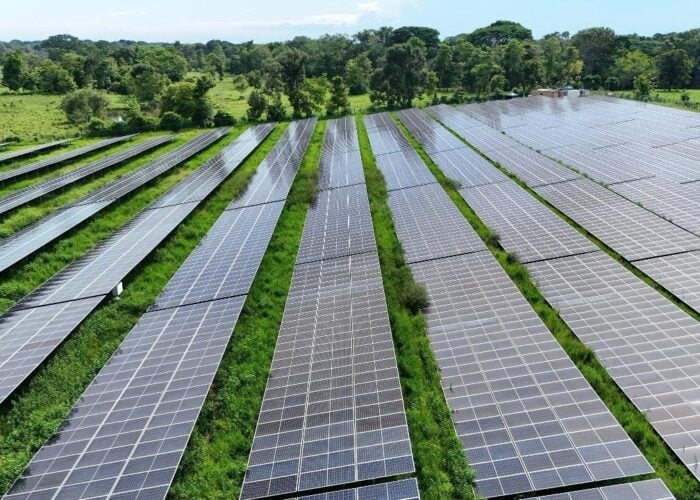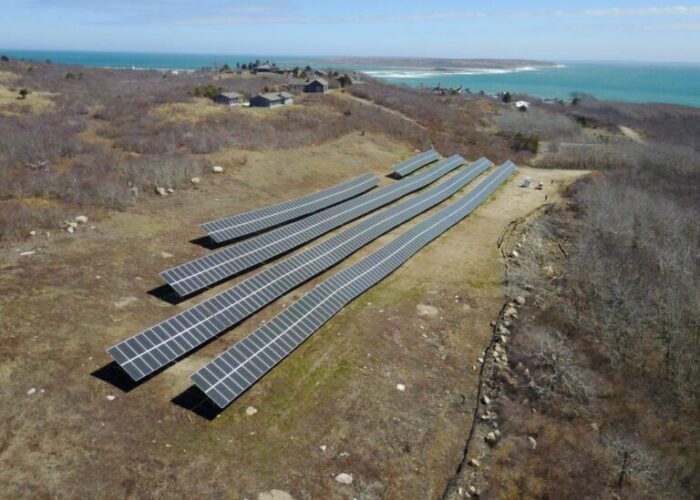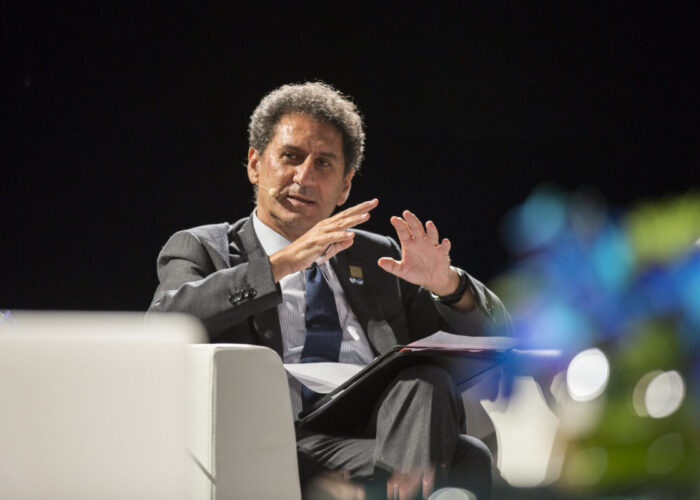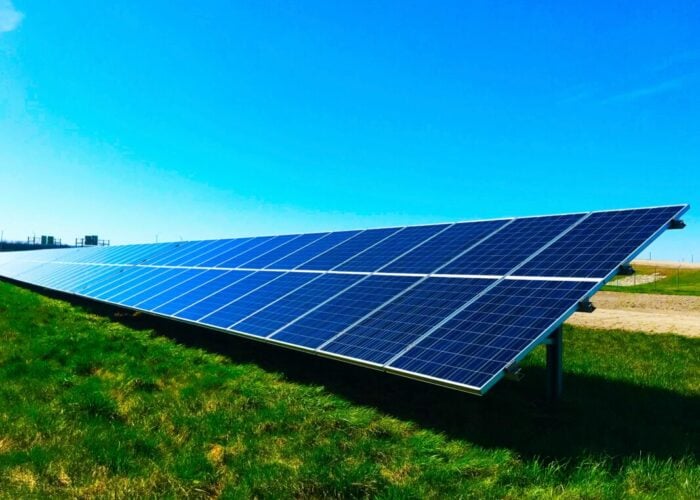
Corporate solar funding fell by 25% year-on-year to US$4.5 billion in the first half of 2020, but the decline could have been much starker, new analysis by Mercom Capital has found.
And there is yet more evidence that oil and gas majors are charging ahead with solar acquisitions, picking up about 6.5GW – equivalent to 45% – of solar assets to change hands in the first half of the year.
Try Premium for just $1
- Full premium access for the first month at only $1
- Converts to an annual rate after 30 days unless cancelled
- Cancel anytime during the trial period
Premium Benefits
- Expert industry analysis and interviews
- Digital access to PV Tech Power journal
- Exclusive event discounts
Or get the full Premium subscription right away
Or continue reading this article for free
Mercom’s analysis puts total corporate funding – including venture capital (VC) funding, public market and debt financing – in the first six months of 2020 at US$4.5 billion, a 25% decline on the US$6 billion recorded in H1 2019. That figure is broadly equivalent with that recorded in H1 2017, indicating the scale of the setback to solar funding caused by the COVID-19 pandemic.
VC funding dropped dramatically, falling 74% year-on-year to US$210 million, the majority of which originated from the US$72 million raised by Sunseap Group. Public market financing fell by 24% year-on-year to US$758 million spread over six particular deals, while debt financing fell by around 16% to US$3.6 billion.
Raj Prabhu, chief executive at Mercom Capital, said that financial activity recorded in the first half of the year “reflects the realities on the ground”.
“Even though solar stocks have performed well, and corporate funding in Q2 looked slightly better because of several securitization deals, global economies and solar activity are still far from being back to where they should be,” he said, adding that project acquisition activity, often regarded as a sign of sector health, fell dramatically in Q2 2020 as the pandemic and subsequent economic crisis began to bite.
While project acquisition activity was actually up in H1 2020 compared to the same period in 2019, activity dropped starkly in Q2. Just ~3GW of solar projects were acquired in the three months of Q2, almost half the 5.7GW of acquisitions recorded in Q2 2019.
Oil and gas majors were the chief drivers of such activity however, taking on 45% of projects to have changed hands in the first half of the year.
Solar and the wider renewables economy has not been immune to the pandemic and resultant economic shock. Most estimates for solar deployment have been revised down in the crisis’ aftermath, while numerous companies in the space have reported delays to project completions and financing deals such as power purchase agreements.
But, Prabhu said, given the severity of the crisis and the impact seen in other sectors, “it could have been worse”.
Solar indeed finds itself at the centre of a large number of economic recovery programs, especially in Europe where billions of investment is being lined up to hasten utility-scale solar deployment, pair the technology with hydrogen generation and establish continent-wide rooftop programmes to empower consumers.





